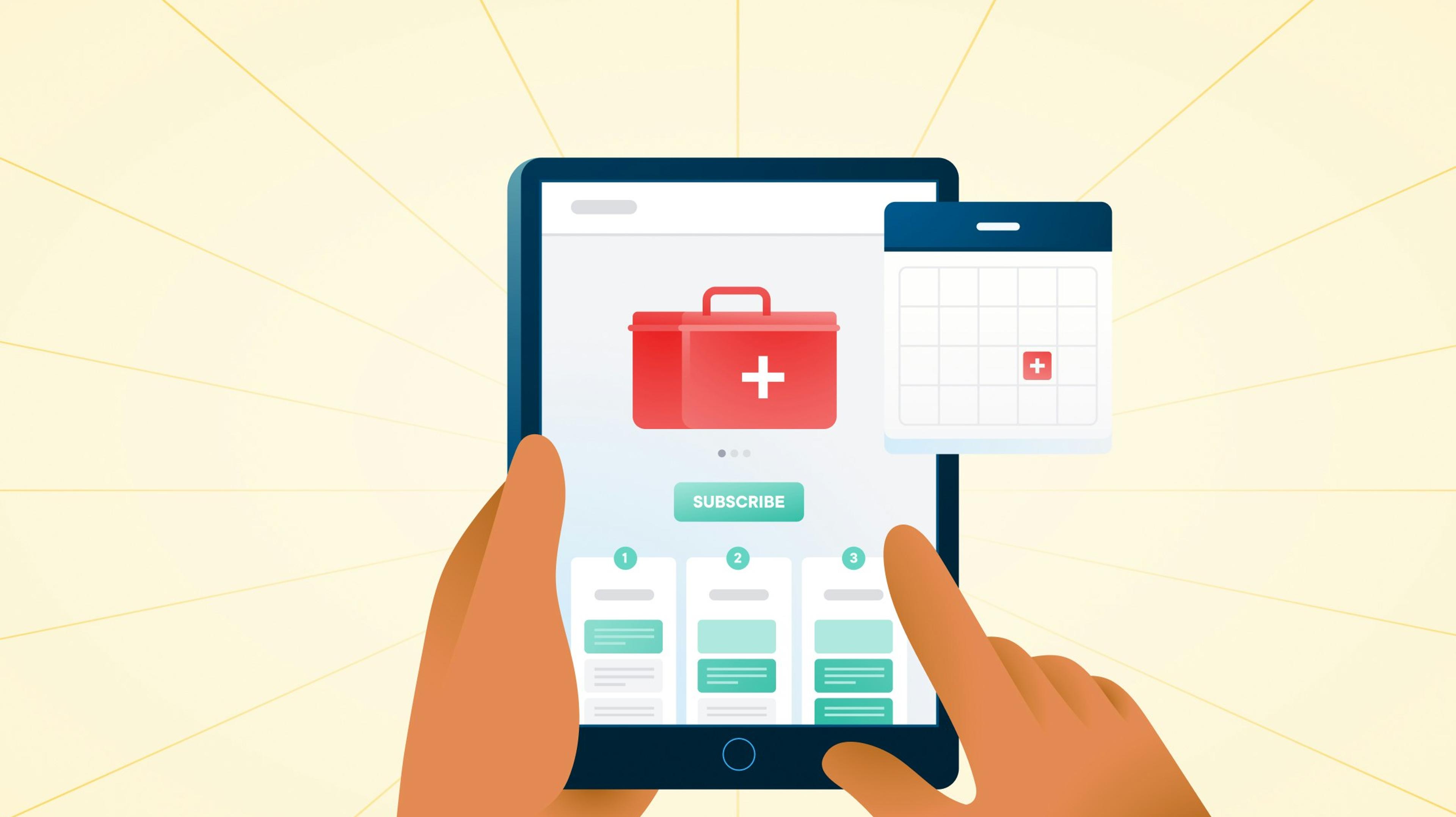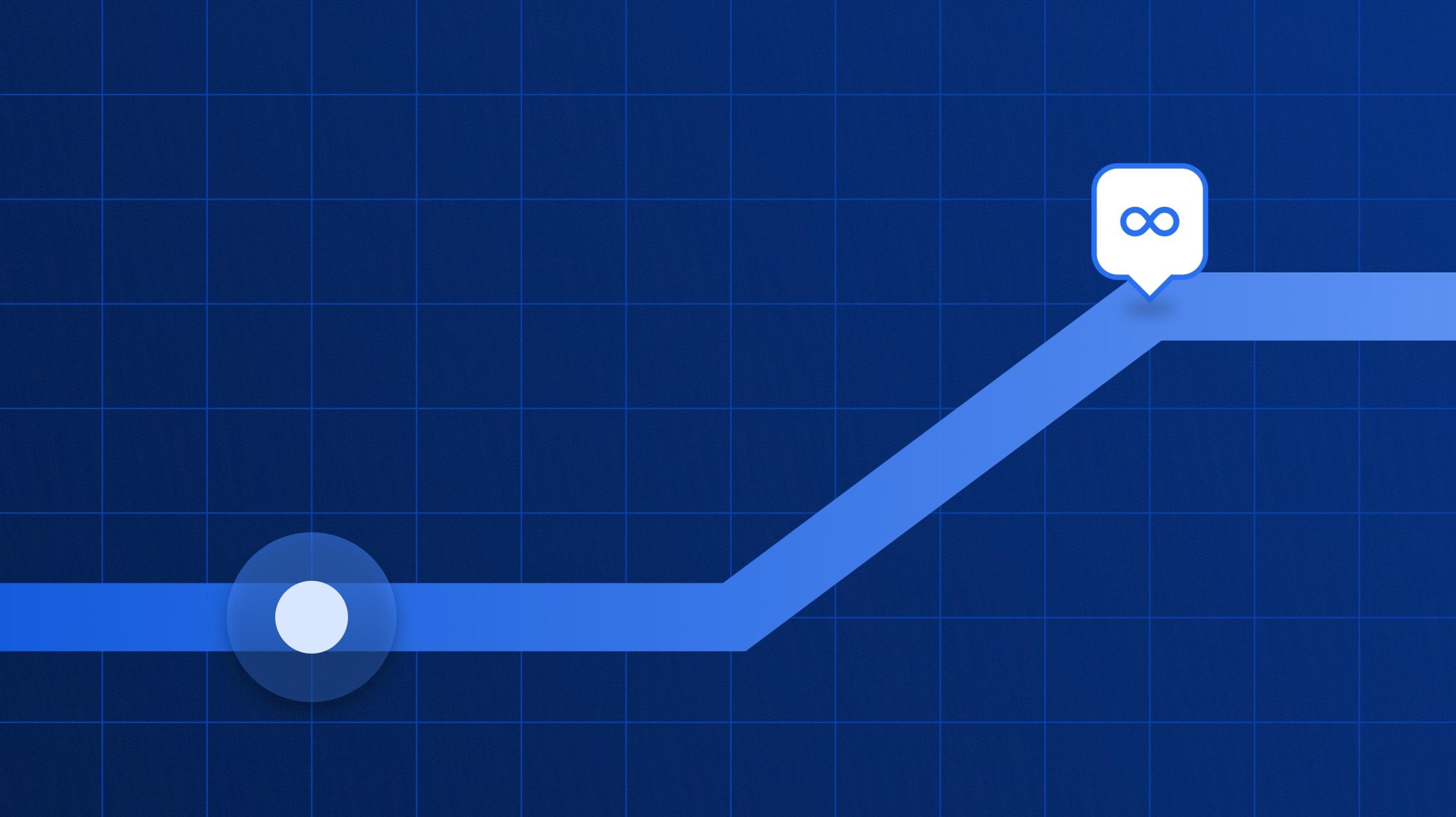What Is Demand Forecasting?

Are you boosting actual sales? Do you need to find ways to reduce delivery time so you can fulfill more orders? Use Circuit for Teams.
Running a business can often leave you with a lot of questions, like:
- How much stock are you going to need for the upcoming festive season?
- What’s your stock position going to be like a month from now?
- How far in advance should you order new stock so you’re never out?
And you’ll need to be fairly spot-on with the answers if you’re going to keep your business profitable.
Whether you’re going through a lull in demand or dealing with more orders than you can keep up with, I explain what demand forecasting is and how to use it for your business.

What is demand forecasting?
Demand forecasting helps companies and businesses make better business decisions.
It does this by improving the resource planning process — identifying and earmarking resources at the appropriate time and cost.
Simply put, it’s when you chart out what your business needs, when it’ll need it, and how much it will cost based on your best estimates.
Trend projections made through demand forecasting are also closely tied with several other supply chain processes.
For example, if you’re expecting demand for a particular product to go up, you’re better off ordering more stock in advance.
Business owners use demand forecasting to make informed decisions.
This helps them find better market opportunities and come up with plans to reduce operational costs involved with things like transportation or warehousing.
In short, more stock takes more time and money to transport and more space to store. These are valuable resources you don’t want to waste.
Demand forecasting is based on historical market trends and other factors. These can include seasonal fluctuations in demand, changes in raw material prices, and changing customer preferences.

4 types of demand forecasting
There are at least four different types of demand forecasting techniques for managing your business.
But demand forecasting — much like predicting the weather — isn’t an exact science.
The best demand forecasting models use a combination of different forecasting types based on a company’s short-term and long-term goals.
Let’s explore the different demand forecasting methods.
1. Macro-level forecasting
Macro-level demand forecasting typically deals with broader and external market influences, like the economy, consumer trends, and competition.
These are factors you have little influence over, like the general state of the economy and forces affecting commerce.
Macro-level demand forecasting is often necessary for businesses planning major shifts like launching a new product or entering a new market.
It helps companies anticipate potential impacts on their supply chains and tailor strategies to respond to the changing market.
2. Micro-level forecasting
Micro-level demand forecasting zeroes in on a specific industry or customer segment.
For instance, let’s say a particular region is expecting abnormally high rainfall.
As a result, a company that sells raincoats and umbrellas might bump up its inventory levels. This is an instance of demand planning based on forecasting.
Similarly, a company that makes batteries might use reports of political unrest in a nation with large lithium deposits to order fresh stock from alternative sources.
At the same time, they can search for alternative sources of raw materials.
Many companies, including eCommerce businesses, use micro-level demand forecasting to predict risks and improve their supply chain practices.
3. Short-term forecasting
Short-term demand forecasting models focus on a shorter period (typically three to 12 months) to guide supply chain decisions.
Short-term demand forecasting is ideal for one-off events like Black Friday or New Year’s Eve sales.
Companies use this type of forecasting to make sales and marketing decisions to meet customer demands.
For instance, businesses may use short-term demand forecasting to change their supply chain schedules to coincide with a promotional event.
Short-term forecasting helps keep your business moving quickly enough to meet sudden spikes in demand.
4. Long-term forecasting
Long-term forecasting relies on extensive market research, case studies, expert opinions, and external data to make projections one to four years in advance.
This type of forecasting can guide a company’s long-term business goals and help shape its growth.
For example, it can help with decision-making related to investments, expansions, and even partnerships.
You can use long-term forecasting to decide the best time to launch a new product range, for instance.
Or maybe you want to expand into a new market. Long-term forecasting can help you figure out the best time for a launch.
2 demand forecasting examples
The ability to forecast demand is important to supply chain management.
The most effective forecast models will give you a better idea of what to expect in terms of rising or falling demand over a given period.
Here are two examples of how businesses can use demand forecasting.
Beer supply
Let’s say Marty from San Francisco had a booming beverage business in a city affected by the pandemic.
How? His bestseller was in short supply because of lockdown restrictions.
Thankfully, Marty got the news a couple of weeks before his last order.
Finding that his bestseller was about to be out of stock, Marty reduced the prices on a few other beverages to help them sell well.
He also stopped taking large orders and chose to use the existing stock to fulfill the orders he already had.
He also put together special low-price drink options to make it up to his customers for not having their favorite beverages in stock.
These smart and resourceful strategies helped Marty navigate the pandemic without facing a major loss.
Wheat shortage
Mama’s Little Bakery in Michigan is known for its excellent wheat bread.
These beautiful, freshly made loaves sell out before noon every day.
But wheat flour prices are up because of the Ukraine-Russia war.
The brand that produces the flour that Mama uses hasn’t been getting enough wheat and has to increase its prices to stay afloat.
Mama comes to know of this from her son, who diligently follows world politics.
She quickly starts making a new, multigrain loaf of bread and sells it as a new product.
This way, she can make the best of a bad situation and keep her sales up.
Why do businesses need demand forecasting?
Demand forecasting is important for decision-making because it allows businesses to understand how to manage future operations and optimize inventory.
Having optimal stock at hand can also improve the customer experience since you won’t disappoint customers who are searching for a product.
Demand forecasting can never be 100% accurate, though, and some level of forecast error is a given.
However, demand forecasting can help you with:
- Budget preparation: A good budget draft is the first thing you need to run your business well. This budget should account for the stock you’re going to order, the shortages or surplus you’ll likely have, and what you’ll buy or sell to deal with these issues.
- Production scheduling: Demand forecasting can tell you the best time to launch a new product. You can wait for consumer demand to rise and launch the product then.
- Pricing strategy: Knowing future market conditions can help you price your products just right. For instance, if you know a product won’t be available for the next few months, you can cope by increasing prices temporarily.
- Capacity planning and inventory management: Finally, demand forecasting can help you with inventory planning. This way, you can make sure there’s always enough stock at hand to meet demand — but never too much or too little of it.

What influences consumer demand?
As you probably know, customers can be fickle. Some more so than others …It’s difficult to make a list of things that can influence consumer demand because literally everything and anything can affect them (including whether your website is blue). Still, here’s an attempt at it.
- Competition: Your competition can affect your customer demand. If you work in a highly competitive space with many other brands competing against you, for example, you might struggle to make sales.
- Type of goods: The type of goods you sell can make a big impact. For example, people purchase inexpensive products like toothbrushes year-round because they use them daily (or so we hope). But people don’t typically purchase winter clothing during the summer months.
- Geography: The area where you sell your products matters. If you’re selling wool clothing in areas that freeze year-round, for example, you might have a larger market than if you sell wool clothing in places with very warm climates.
Forecast consumer demand in 4 steps
Demand forecasting can help your business achieve growth and achieve positive outcomes.
But it requires a broad understanding and knowledge of the factors influencing your business or market sector.
You can use this knowledge with advanced models to improve forecast accuracy.
Setting up an effective demand forecasting model requires four key considerations on your part.
1. Set goals and objectives
There are no standard rules that apply to demand forecasting.
Instead, the idea is to have a process that works with your specific goals and objectives.
For instance, let’s say you want to launch a new product. Your forecast model should predict the best time to introduce new products, logistics and production schedules, and more.
If you want to optimize the amount of stock you need in your warehouse at a given time, set up your forecast model to deliver answers.
2. Collect and clean historical data
If you need to forecast future demand, you’ll need to base it on something.
Historical sales data can help you gauge future demand.
For example, examine at your past sales to decide how much stock you should buy for future sales.Another consideration is deciding how much data to use.
Two years of data is considered a minimum, but ideally, you’ll want to include three years or more.
Clean your data set to remove incorrect, wrongly formatted, or incomplete information.
3. Measure and analyze data sets
Measuring means defining data in a quantitative way.
For instance, a timely warehouse delivery can be assigned the value +1.
Delayed delivery can be assigned the value -1.
You can correctly analyze data only after assigning values in this way.
4. Prepare a budget for forecasting
Use insights gathered from demand forecasting to budget your business expenses, like buying inventory, investing in advertising, or hiring more workers.
Effective predictions allow you to predict cash flows with accuracy.
For instance, if you’re about to be in a position where income will be hard to come by, you might want to separate money for important things like rent and utilities first.
Update your demand forecasts periodically so you know exactly where you stand with respect to your business growth.
Final thoughts on demand forecasting
Demand forecasting is a complex but important process that can help you spend your money wisely.
Businesses that invest time and resources into studying trends and adapting to them might make profits because they spend less.
Knowing how and where to spend for better business growth is invaluable information you can get from accurate demand forecasts.






